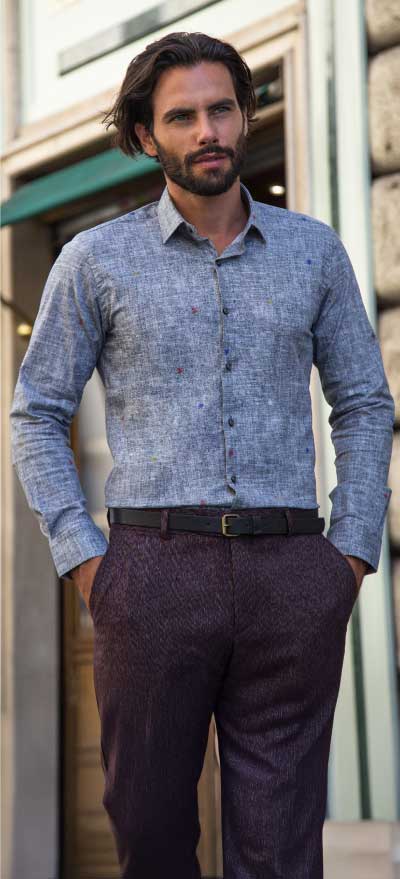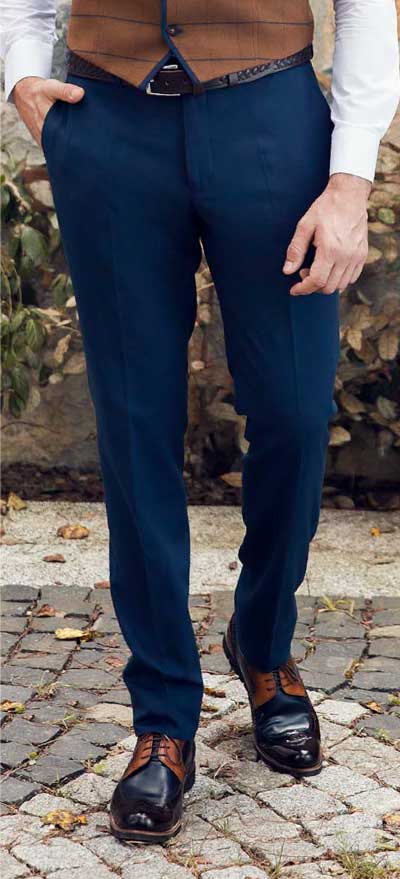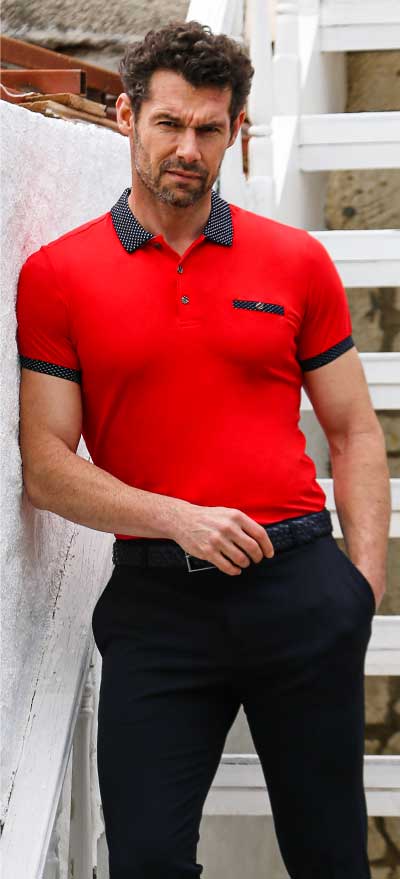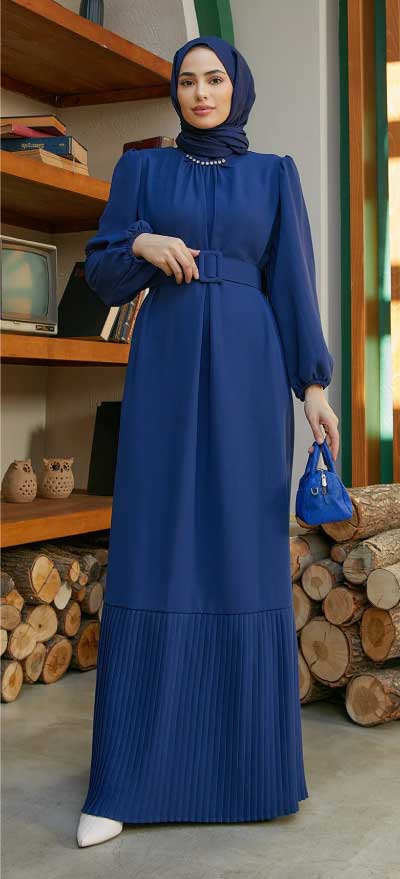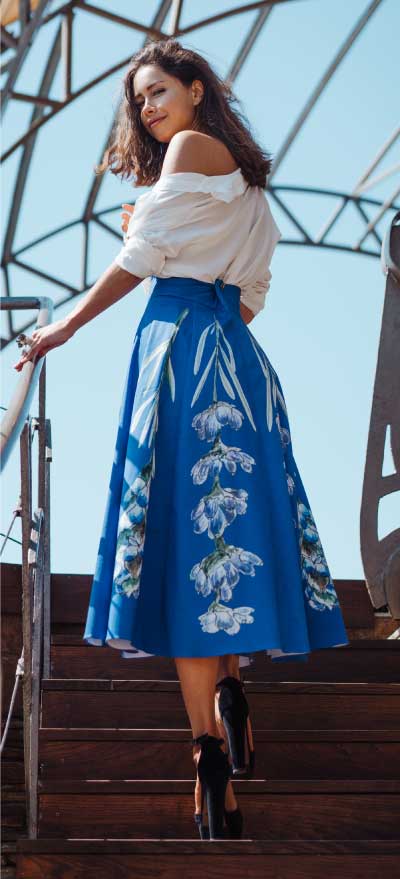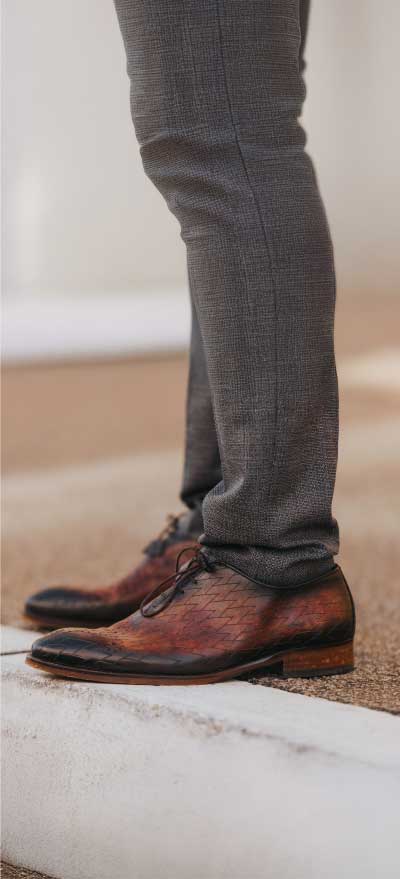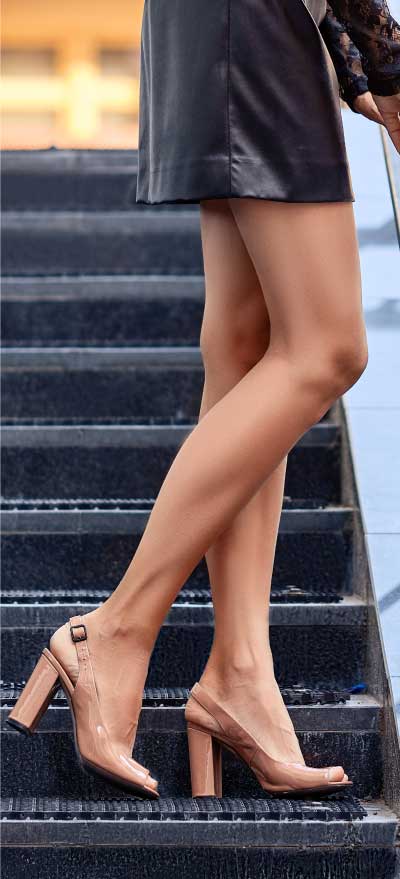6 TIPS FOR BUYING WHOLESALE INVENTORY FOR BOUTIQUE OWNERS
As a boutique owner, a crucial task is purchasing items in bulk, which can also be an enjoyable experience. Yet, without proper planning, there may be an excess of unsold stock and disengaged patrons. To avoid this issue, use our advice on procuring wholesale items to minimize the likelihood of having unsold inventory.
It is important to keep in mind that when you purchase items in bulk, you are essentially putting your money into an asset that you plan to sell at a higher price in order to gain a profit.
We will now explore six guidelines for purchasing wholesale supplies.
1. KNOW YOUR CUSTOMERS
If you lack knowledge about your customers and their preferences, how can you provide satisfactory services? Conducting customer surveys or interviews is an effective means of gaining a deeper understanding of your customer base. It is recommended to ask pertinent questions such as:
- What are the requirements, preferences, and aspirations of your clientele?
- Do they have any areas of discomfort or irritations? (Could you provide a solution for these issues? Customers are willing to pay for the resolution of their problems.)
- What sizes do they need?
- What level of fitness, comfort, and practicality do they require?
- What colors do they love?
Keep in mind that your affection towards something doesn't necessarily match with the desires of your customer.
2. KNOW YOUR OPTIONS
For boutique owners who wish to purchase wholesale inventory, there are numerous choices available. One possible method is to purchase wholesale products online through marketplaces like Hubventory. This can prove to be advantageous as it allows you to browse through a variety of wholesale brands, discover new ones, and add stock for your retail business, all from the convenience of your own home.
Hubventory is not an ordinary wholesale marketplace. It was designed by the experts, keeping your business as a top priority. It offers effortless integrations and uploads with Shopify, collaborative planning boards for inventory, personalized feeds, transparent pricing, immediate member savings, and informative resources available in one platform.
Another alternative for buying products at wholesale prices is to physically participate in a tradeshow exhibition.
You might wonder which is superior, but we advise combining the two methods. Both offline and online wholesale shopping have their advantages. Visiting a physical marketplace allows for inspiration, establishing rapport with suppliers, and having a tactile experience of the garment quality. Some of the major markets can be found in Chicago, New York, Dallas, Atlanta, Las Vegas, Los Angeles, and Nashville, to mention some.
Don't forget about your customers when following the first tip. It can be tempting to get distracted by all the options available at a market or on Hubventory. However, it's important to have a plan with your customers in focus.
3. UNDERSTAND YOUR VENDORS SIZING
There is nothing more disappointing than being enthusiastic about an online purchase, only to discover that the size is incorrect. You must ensure that your boutique customers do not face this problem. It is your responsibility to give your customers the right resources and understanding the sizing of your vendors is an essential aspect of this.
4. UNDERSTAND PREPACKS
Vendors generally package their products in pre-determined sets which contain items of varying sizes. These pre-packs usually follow a pattern of 2-2-2 or 1-2-2-1 based on the number of items in each size. It is important to use your judgment when selecting these pre-packs, taking into consideration the size of your customer base. For example, if you have a lot of customers who wear extra-large clothing, it may not make sense to order a 2-2-2 pre-pack. Similarly, if your customers are mostly small in size, a 1-2-2-1 pack may not be the best option. Paying attention to these details is critical in avoiding overstock and making sure you are purchasing products that will meet your customers' needs.
5. KEEP MINIMUMS IN MIND
It is crucial to consider minimum requirements when buying from a vendor. Each seller has their own set of rules, therefore it's important to inquire about them. Certain brands require a particular amount of money to be spent, whereas some demand a specific quantity of pre-packs to be purchased. Can you afford these requirements or are they applicable only to the one garment that you adore? Generally, it's not wise to overspend just to fulfill the minimum requirement for a single item. This could lead to excess inventory—an indication of a major concern.
6. PRICE FOR PROFIT
When wholesale shopping, it is common to become caught up in a pricing bubble. To prevent this, it is important to consider what your customer will be willing to pay for the item before making a purchase. Once you have determined a suitable price, you can check the wholesale price. If the wholesale price is reasonable and provides a good return on investment, it is a viable option. However, if the difference between the retail and wholesale price is minimal, it may not be the best choice.
MORE TIPS ON HOW TO BUY WHOLESALE
Knowing the proper way to purchase wholesale clothing for your boutique requires a certain level of expertise. Although there are numerous apparel markets and online suppliers available, understanding where to source wholesale clothing and who to acquire it from is crucial. This complimentary guide contains essential strategies for purchasing wholesale clothing for your boutique.







